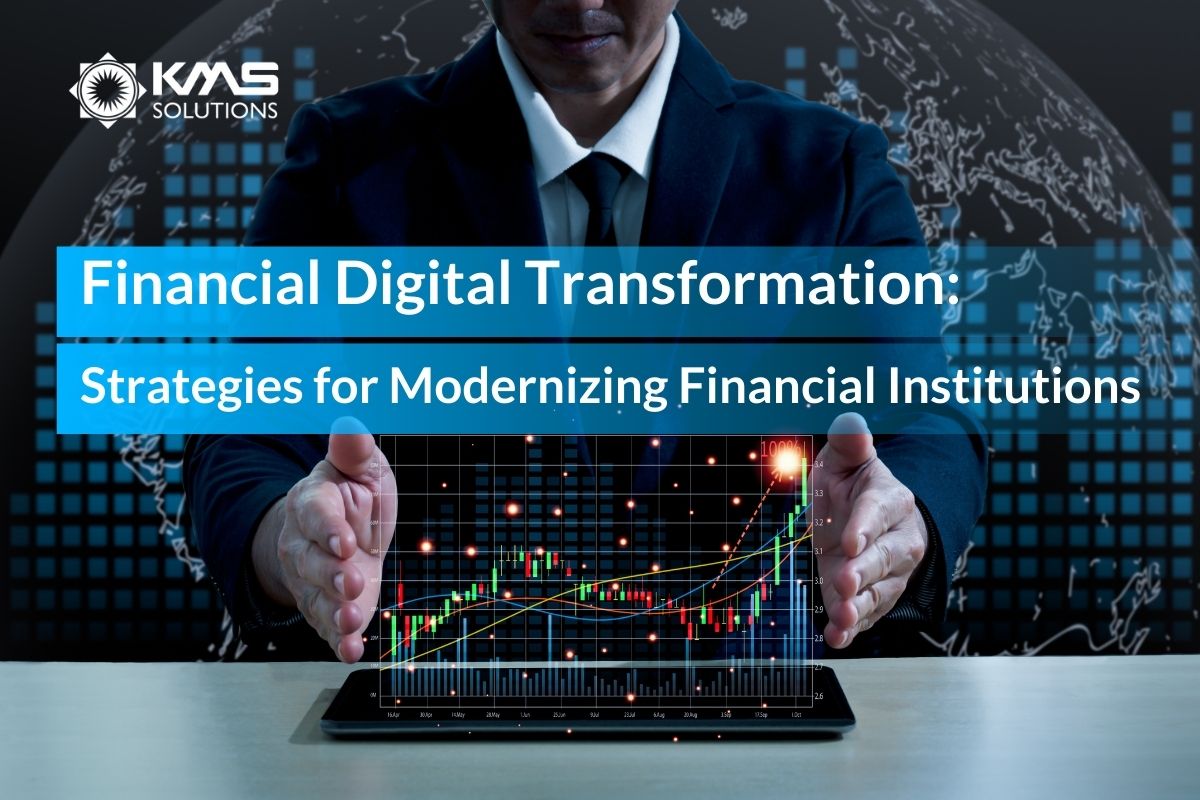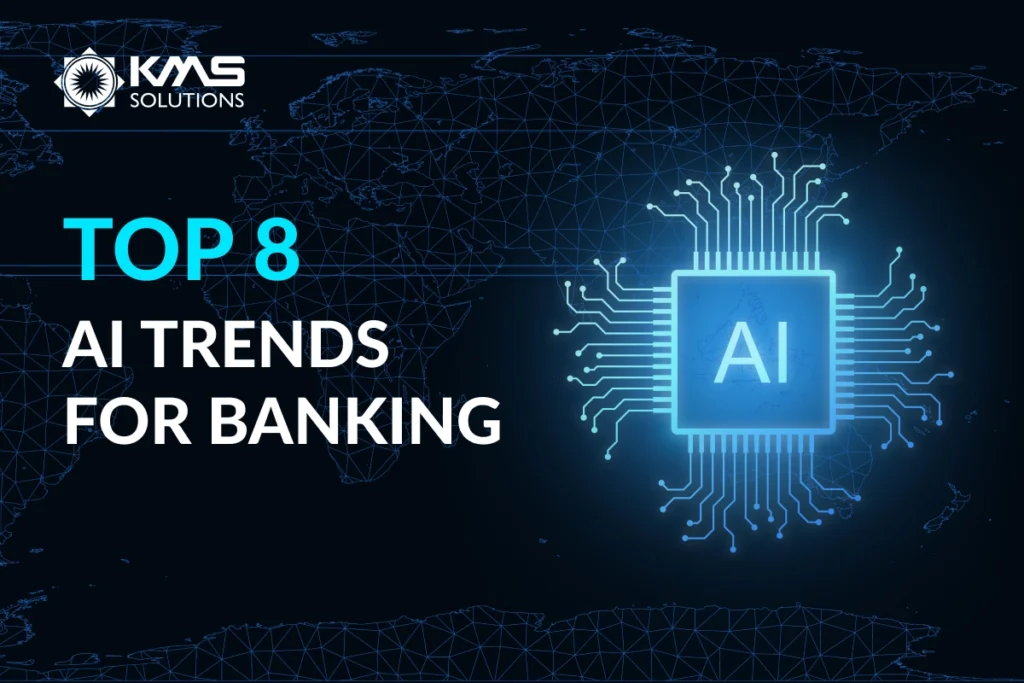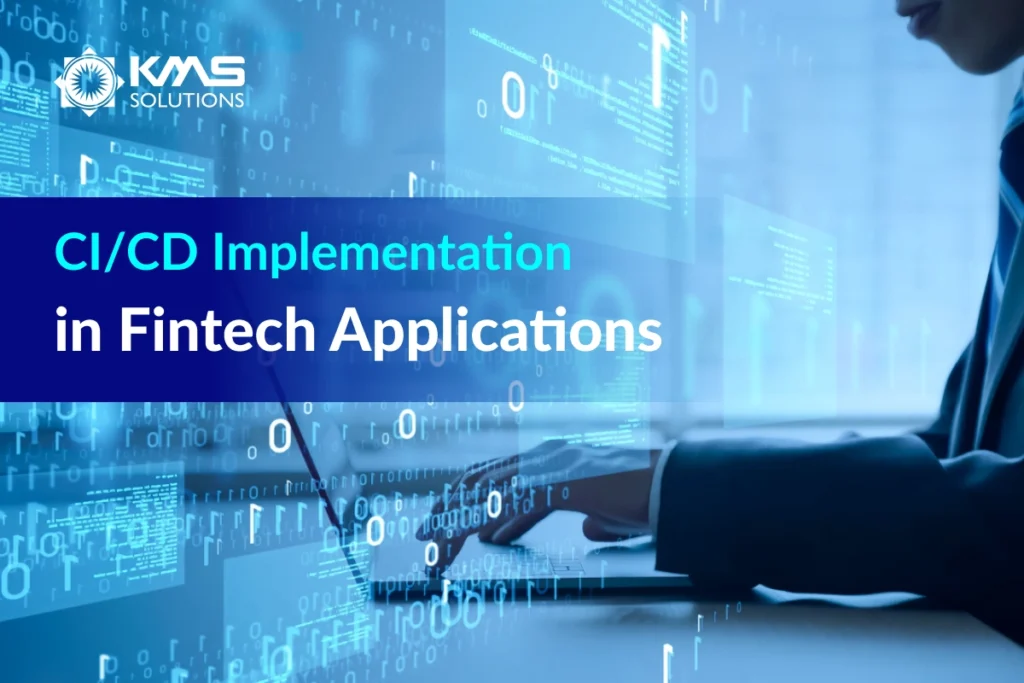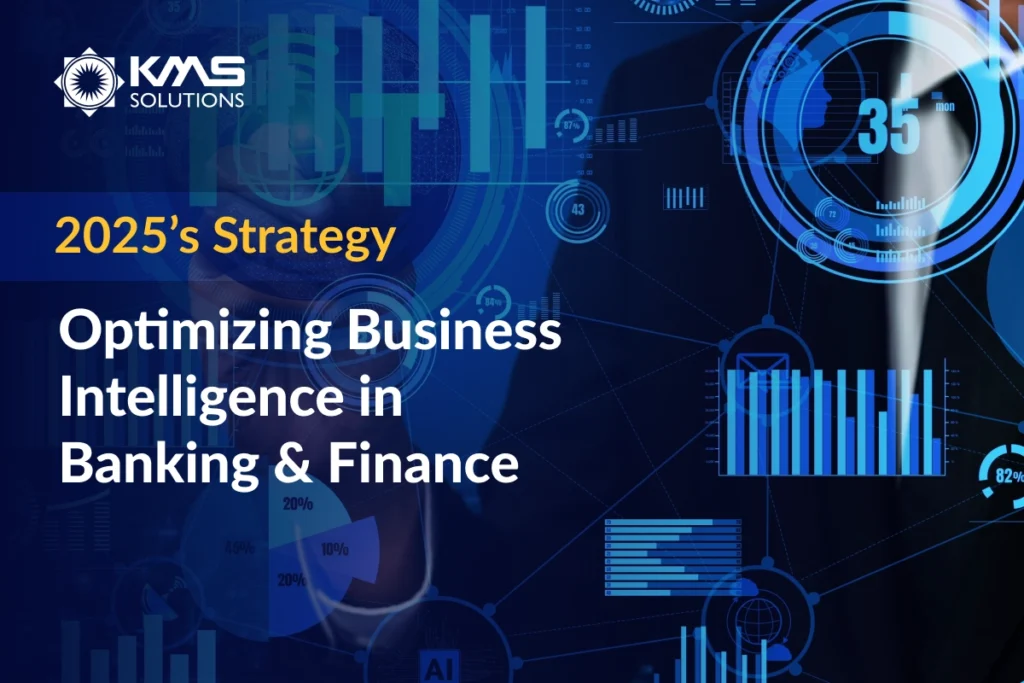In the rapidly evolving financial sector, institutions face increasing pressure to innovate and stay competitive. Financial digital transformation is key to this shift, integrating advanced technologies to redefine how financial organizations operate and deliver value. Beyond modernization, it enhances efficiency, improves customer experiences, and ensures regulatory compliance. This article explores essential strategies for financial institutions to navigate this transformation and drive innovation.
1. Understanding Digital Transformation in Finance
Digital finance transformation involves leveraging digital technologies to modernize and enhance financial services. The objective is to increase efficiency, effectiveness, and accessibility within the sector. This transformation is achieved by automating manual workflows, enhancing customer engagement, and fostering greater transparency
2. Key Drivers of Financial Digital Transformation
- User Journey: Financial institutions are shifting to a customer-first mindset, utilizing data and emerging technologies to craft personalized banking experiences. By analyzing individual customer needs, banks can offer tailored services that drive satisfaction and loyalty.
- Upgraded Infrastructure: Embracing cutting-edge technologies like AI and automation is essential for modernizing financial operations. These tools optimize internal workflows, enhance efficiency, and empower banks to gain a competitive edge in a rapidly changing market.
- Data-Driven Decision Making: Advanced analytics tools provide deeper insights into market trends and customer behavior. By breaking down data silos, financial institutions can make more informed decisions, improve risk management, and unlock new opportunities for innovation.
- Robust Security Frameworks: As digital services expand, protecting customer data becomes a top priority. Financial institutions must adopt advanced cybersecurity measures to guard against fraud and ensure compliance with regulatory standards, fostering trust in digital banking.
- Embracing the Digital Future: The financial sector must keep pace with the broader digital revolution by incorporating initiatives like fintech collaborations and open banking models. These efforts not only expand service offerings but also enhance operational agility, ensuring banks stay relevant in an increasingly digital world.

3. Key Technologies Used in Financial Digital Transformation
Below is an overview of the core technologies that play a critical role in the digital transformation of financial institutions.
- Artificial Intelligence (AI) and Machine Learning: AI/ML enables financial institutions to automate processes, predict customer needs, and make data-driven decisions. They are used in customer service, risk management, fraud detection, and personalized offerings to enhance customer satisfaction and efficiency.
- Cloud Computing: Cloud technology provides scalability, cost-efficiency, and improved security. Cloud solutions allow financial institutions to easily adjust infrastructure needs according to demand, reduce capital expenditure, and improve disaster recovery capabilities.
- APIs and Open Banking: APIs facilitate integration with third-party applications and fintechs, expanding the ecosystem of financial services. Open banking allows customers to share their financial data securely with third-party providers, enhancing the diversity and personalization of financial services.
- Data Analytics and Big Data: Leveraging big data allows financial institutions to gain deep insights into customer behavior, preferences, and risks. Data-driven decision-making helps banks design personalized experiences, improve customer retention, and drive strategic initiatives.

4. Digital Transformation of Core Financial Processes
Below is a detailed look at the key processes for digitalizing financial transformation, empowering BFSI businesses to perform this strategy more effectively.
- Define Business Objectives:
Before embarking on a transformation journey, it’s crucial to establish clear goals. The transformation team should outline both business and technical objectives, ensuring they understand the desired outcomes of the transition.
Key Strategies: Develop an initial list of key objectives and adjust it as needed based on the direction set by the bank or financial institution’s leadership.
- Assess Current Tech Stack
Review all the existing systems and products in use at your bank. Once you have compiled a list, evaluate how each system contributes to or detracts from achieving your business objectives. It’s essential to be transparent about your bank’s processes and remain open to adapting them to align with the digital landscape.
Key Strategies: Clearly define your processes. Identify which processes are crucial for the transformation while factoring in constraints like cost and timeline.
- Ensure Your Scope is Aligned With User Demands
Step back and assess how you’re currently tracking and understanding your clients’ requirements. Leverage data analysis to evaluate client segmentation and data collection methods. Use this information to identify which products are performing well and which digital services resonate most with your clients.
Key Strategies: Develop a strategy to focus on consumers who are more inclined to adopt digital services. Ensure your data aligns with your business objectives. This insight will enable marketing teams to create highly targeted campaigns tailored to these customer segments.
- Assess Priorities
Evaluate your organization’s capabilities realistically, considering both financial and human resources. Clearly define your target architecture and identify early proofs of value to track progress towards business objectives.
Key Strategies: Document your objectives and outline steps for implementing incremental changes. Small, early successes can build momentum and secure support for the transformation.
- Present the Business Case
After completing the groundwork for transformation, present the business case for core system modernization to key stakeholders. This should include a clear rationale and anticipated benefits, delivered to the C-suite and Board of Directors, if applicable, for approval. Once approved, proceed with executing the roadmap and strategy for full transformation.
Key Strategies: Prepare a comprehensive presentation for stakeholders. Be ready to justify and defend the identified transformation needs and proposed solutions.

5. Challenges in Financial Digital Transformation
Below is an overview of the key challenges financial institutions face as they undergo digital transformation and how they can prepare to address these obstacles.
- Legacy Systems and Their Limitations: Many financial institutions still rely on legacy systems that are inflexible and costly to maintain. Integrating these systems with new digital technologies poses significant challenges.
- Regulatory and Compliance Issues: Financial institutions must navigate a complex regulatory landscape, which becomes even more challenging as digital solutions evolve. Compliance requires keeping pace with changing rules while safeguarding customer data.
- Cybersecurity and Data Privacy Concerns: As financial institutions digitize, they become more vulnerable to cyberattacks. Protecting sensitive customer data and ensuring compliance with privacy regulations are critical components of transformation.
- Talent Shortages and Skill Gaps: Implementing digital transformation requires specific technical skills, but the financial industry often faces a shortage of talent well-versed in new technologies like AI, blockchain, and cloud computing.
- Financial and Organizational Costs: Digital transformation requires substantial investments in technology and personnel. Financial institutions must balance these costs with the long-term benefits of increased efficiency and customer satisfaction.

6. Strategies for Successful Digital Transformation
Below are strategic approaches that financial institutions can adopt to ensure their digital transformation initiatives are effective and sustainable.
- Customer Experience Focus: Putting customers at the heart of transformation efforts ensures that new services and processes align with customer expectations. Personalization, easy access, and self-service capabilities are essential to retaining customers in a competitive market.
- Agile Implementation: Using an agile approach, financial institutions can incrementally implement digital solutions, allowing for continuous improvement and minimizing disruptions. This approach helps institutions adapt quickly to changing needs and market dynamics.
- Technology Partnerships: Partnering with fintech companies and tech providers helps financial institutions access cutting-edge technology and leverage specialized expertise, speeding up the transformation journey.

7. Benefits of Financial Digital Transformation
Financial digital transformation brings numerous advantages that can significantly enhance the performance and competitiveness of financial institutions. Here are some key benefits:
Enhanced Customer Experience
By leveraging digital tools and data analytics, financial institutions can offer more personalized, seamless, and efficient services, leading to higher customer satisfaction and loyalty.
Improved Operational Efficiency
Automation, AI, and cloud technologies streamline internal processes, reducing manual errors, speeding up workflows, and ultimately lowering operational costs.
Agility and Innovation
Digital transformation enables financial institutions to rapidly adapt to market changes, regulatory updates, and customer expectations, fostering a culture of continuous innovation.
Data-Driven Decision Making
Advanced analytics and big data allow financial institutions to make more informed, strategic decisions, enhancing risk management and uncovering new opportunities for growth.
Strengthened Security
Adopting cutting-edge cybersecurity measures as part of the digital transformation journey helps protect sensitive customer data, mitigate risks, and ensure regulatory compliance.
Increased Scalability
Digital platforms enable financial institutions to expand their service offerings and reach new markets without the limitations of traditional infrastructure.

Given these clear benefits, it is crucial for financial institutions to focus on driving and accelerating their financial digital transformation. As technology continues to reshape the industry, those that fail to embrace digital transformation risk falling behind competitors and losing customer trust.
Therefore, choosing the right partners to accelerate your financial digital to stay competitive in a rapidly evolving financial landscape.
8. Conclusion
Financial digital transformation (finance digital transformation) is crucial for the long-term success of financial institutions in a rapidly evolving landscape. By adopting digital transformation in finance, institutions can enhance efficiency, improve customer experiences, and foster innovation. The transformation journey involves overcoming challenges like legacy systems, regulatory requirements, and cybersecurity risks, but the benefits of increased agility, operational efficiency, and customer satisfaction make it a strategic necessity.
Financial institutions should begin by assessing their current digital capabilities and identifying gaps in their infrastructure and processes. KMS Solutions is a trusted partner for financial institutions looking to accelerate their digital transformation journey. With expertise in cutting-edge technologies, tailored solutions, and a deep understanding of the financial sector, KMS Solutions empowers organizations to modernize their systems, optimize processes, and deliver exceptional digital experiences. From developing scalable, customized technology software to implementing innovative tools, KMS Solutions ensures a seamless transformation journey that drives long-term success.
What is financial digital transformation?
Financial digital transformation refers to integrating digital technology into all areas of financial services, fundamentally changing how institutions operate and deliver value to customers.
Why is digital transformation important for financial institutions?
It is crucial for improving operational efficiency, enhancing customer experience, maintaining regulatory compliance, and fostering innovation to remain competitive in a rapidly changing landscape.
What are the key technologies driving digital transformation in finance?
The main technologies include AI, machine learning, blockchain, cloud computing, APIs, and big data analytics.
What challenges do financial institutions face during digital transformation?
Common challenges include dealing with legacy systems, navigating complex regulatory landscapes, ensuring cybersecurity, addressing talent shortages, and managing financial and organizational costs.
How can financial institutions ensure successful digital transformation?
Key strategies include having strong leadership, a customer-centric approach, adopting agile implementation, building technology partnerships, and managing change effectively.











